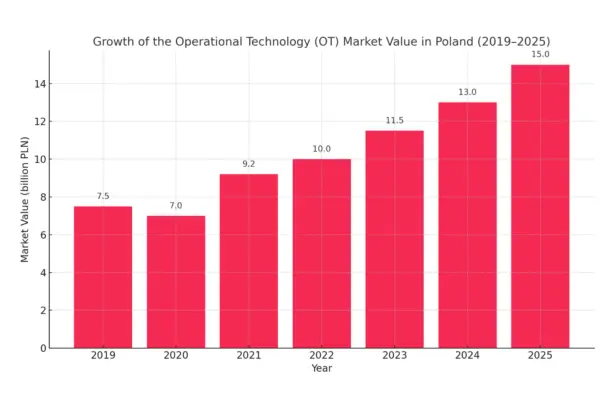The UN is calling on major technology companies to switch completely to renewable energy in data centres by 2030. Secretary-General António Guterres didn’t beat around the bush – his call strikes at the heart of the IT industry‘s energy dilemmas. And there is no shortage of these, as the development of artificial intelligence is already consuming huge amounts of energy that are barely covered by current renewable sources.
Meanwhile, many companies – in defiance of climate trends – are returning to coal, gas and nuclear power. According to data from the International Energy Agency (IEA), energy consumption by data centres could double by the end of the decade, and AI and blockchain are only accelerating this curve. But Guterres is in no doubt: the digital future must go hand in hand with decarbonisation, even if today this means costly investments and technical compromises.
At the other extreme was the United States. President Donald Trump, while announcing a national AI plan, simultaneously declared a state of energy emergency. New regulations are expected to make it easier to build fossil fuel power plants and weaken environmental regulations. What’s more, the US administration is slashing subsidies for wind and solar power – exactly the kind of projects that dominate the queue of new projects waiting to be connected to the grid.
This is not just an ideological dispute, but a real battle to shape the infrastructure under the future of AI. Amazon, Google or Microsoft are already declaring climate neutrality, but increasingly need to use ‘dirty’ energy to meet growing demand. China, on the other hand, is building new carbon-powered data centres, making no secret of the fact that cost and speed of development, not carbon footprint, is key.
The UN is counting on September’s climate summit to bring new commitments from countries on zero-carbon power. For the IT sector, this means combining two – often contradictory – worlds: unlimited computing power and limited energy resources.










